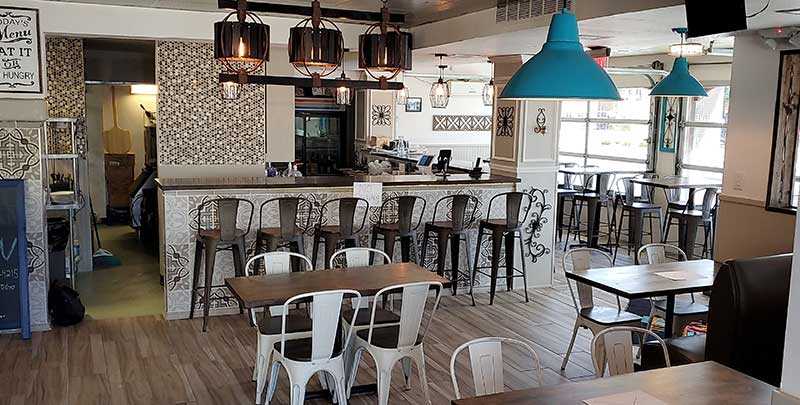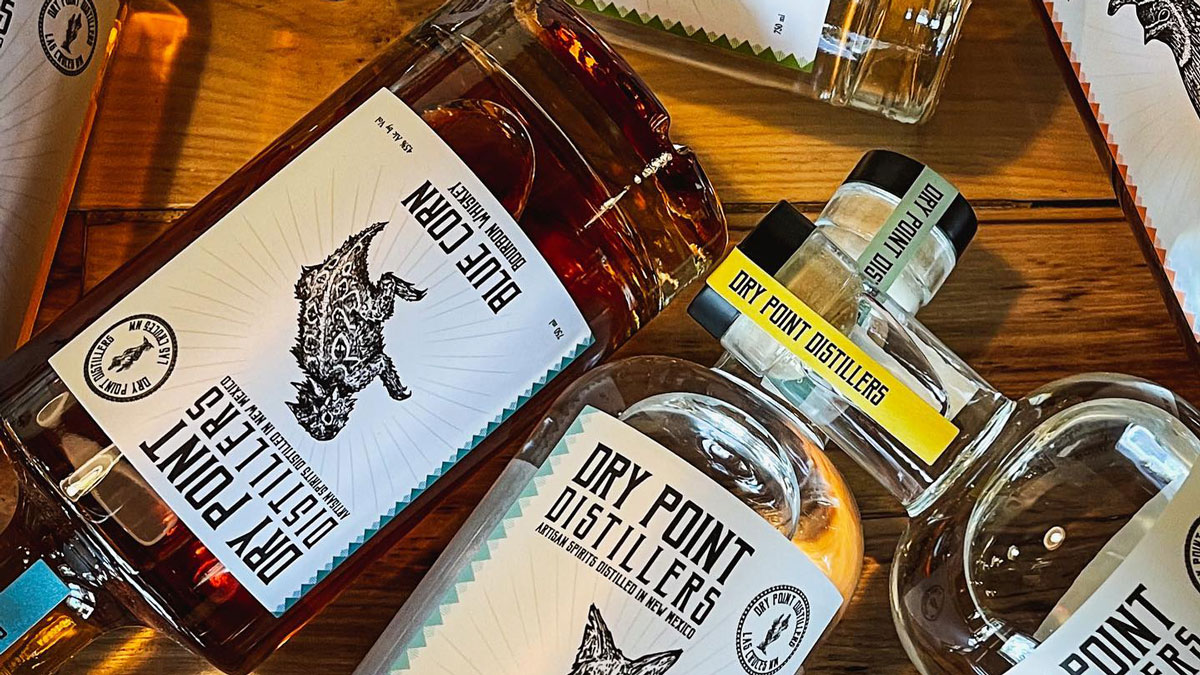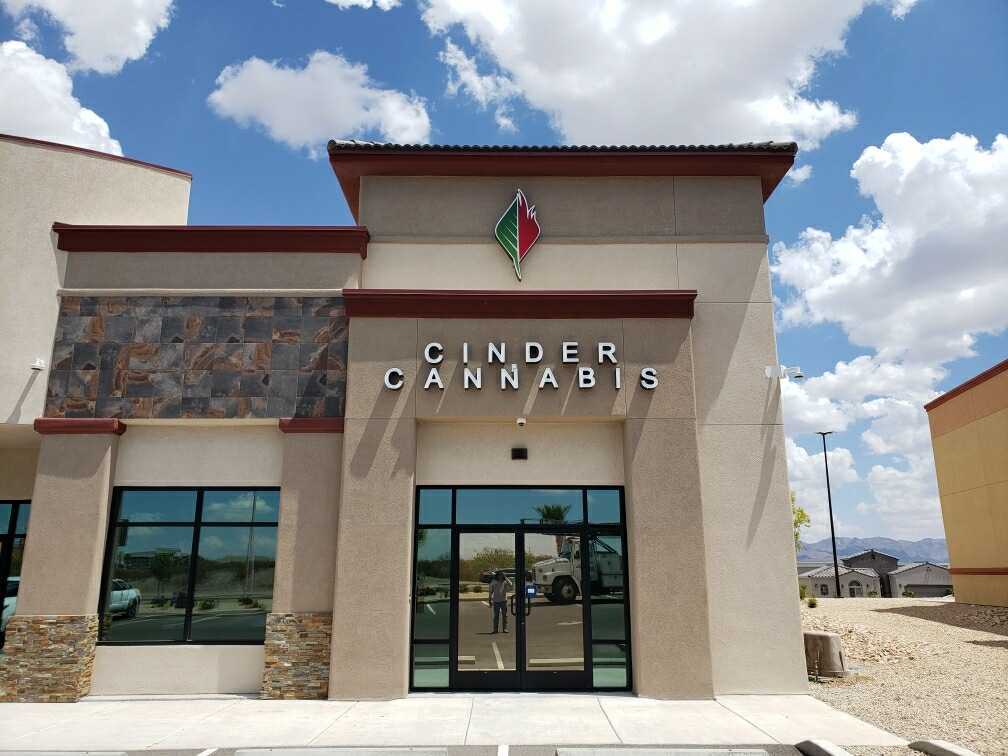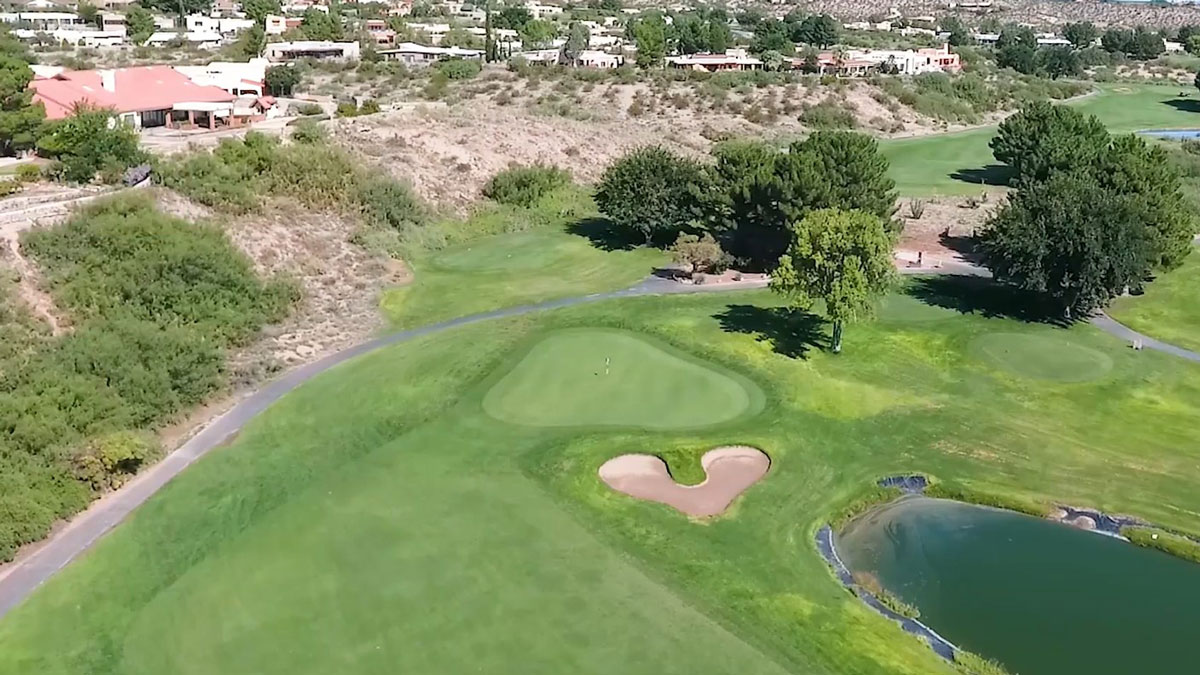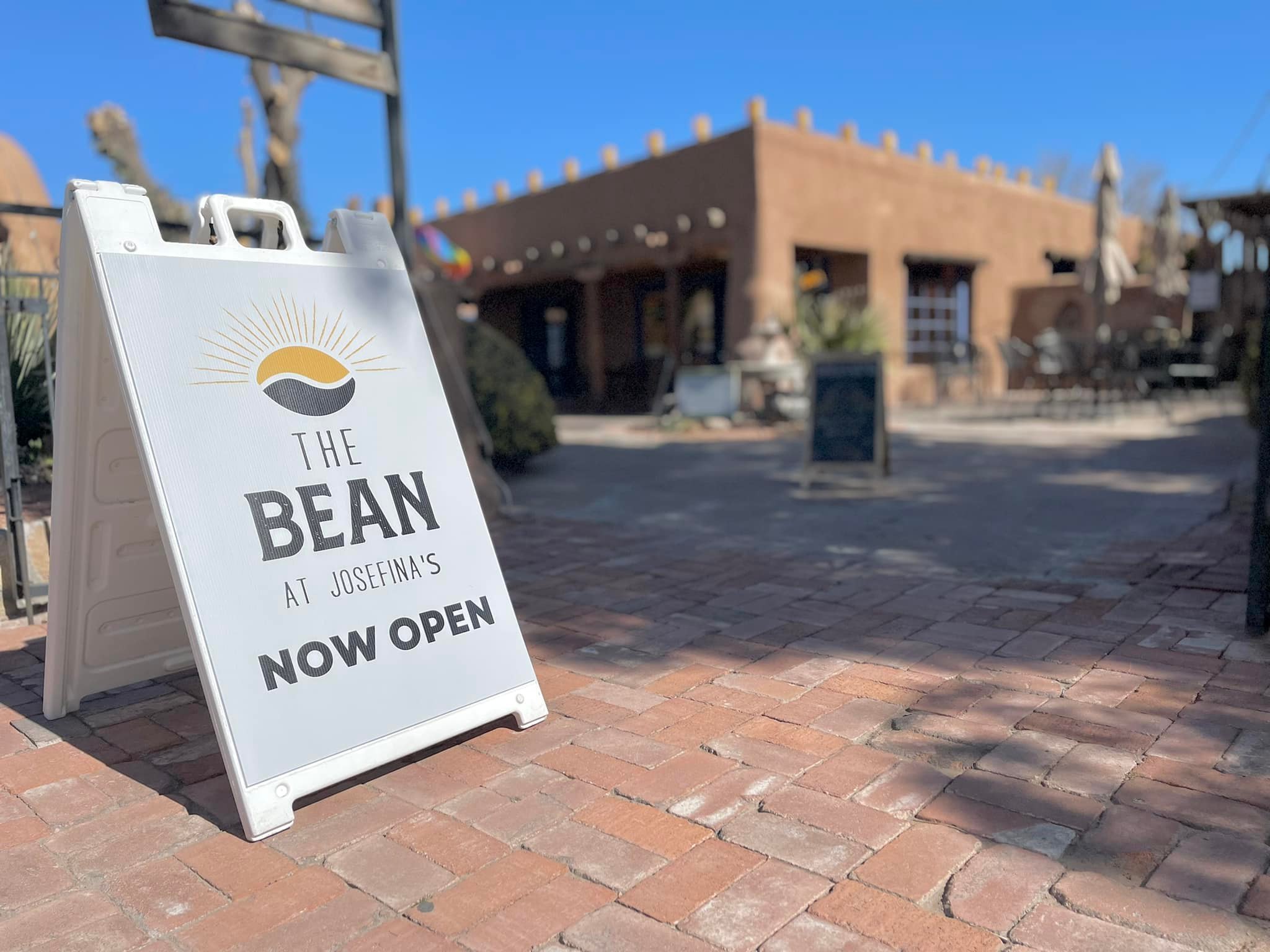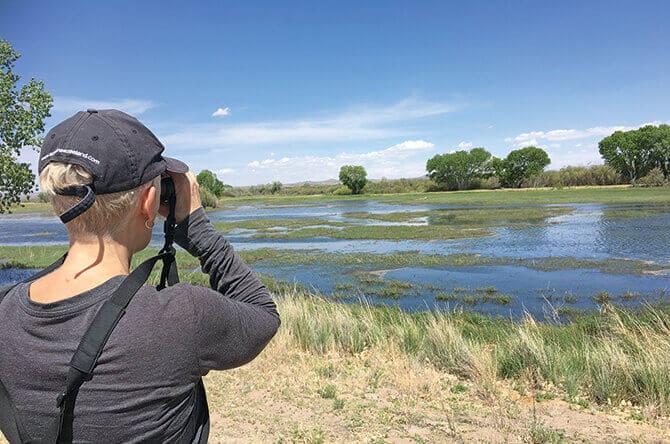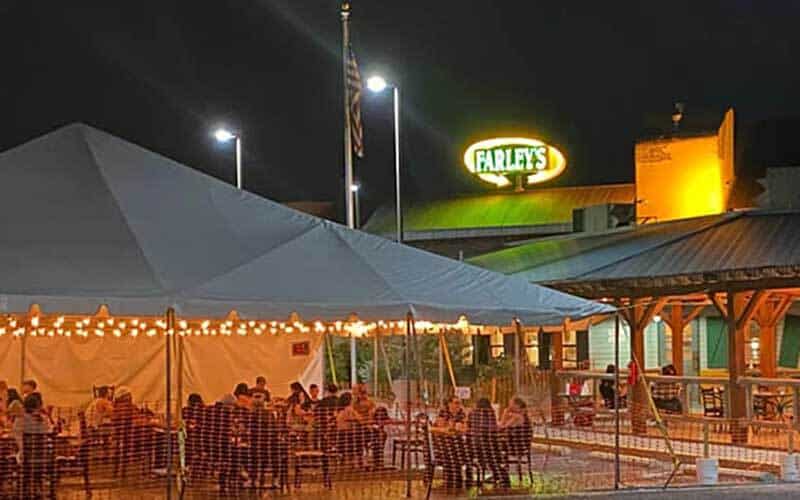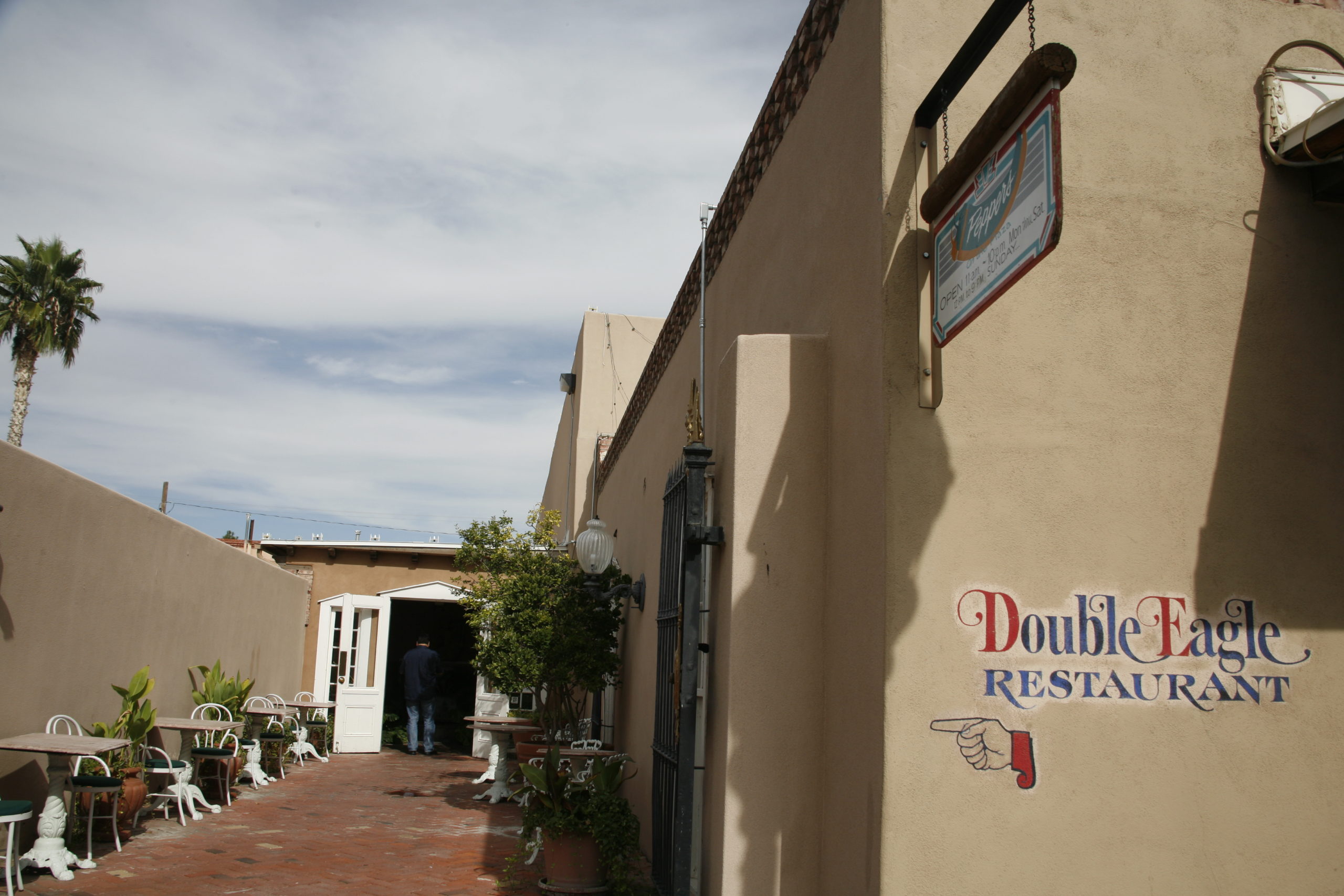There are New Mexico towns larger than Silver City — it ranks 24th in population — but its history is as rich and deep as any. If you’re looking for a place to spend an interesting weekend, Silver City invites you. This story provides a historical perspective of the region. Learn what to do in Silver City today in this story.
Long before the first Europeans arrived, people lived in what would become Silver City. They were the Mimbres people who lived here between 900 and 1100 CE. Centuries later, bands of Apaches hunted and camped. The land provided everything they needed . . . and they lived in harmony and peace.
The Spanish occupation of New Mexico centered along the Rio Grande. The Indigenous people to the west were pretty much ignored. But not for long. Anglos began arriving after the New Mexico Territory became part of the United States and after the Civil War — prospectors seeking silver, gold, and copper.
In 1870, Silver City was founded when silver ore deposits were discovered on the farm of John Bullard and his brother, James. While the town got established, John never lived to see its permanence. He was killed during an Apache raid in 1871. In fact, in 1908, Lettie Morrill, a Daughter of the American Revolution, told an audience John Bullard was placed in the first grave dug in Silver City.
The railroad reached the city in 1886, facilitating development of mines and smelting that continues to this day. You can stand in the observation area and look down into the 1,350-foot-deep Santa Rita Mine, from which people for centuries have extracted copper.
Billy The Kid
The city has its own Billy the Kid fables — or truths. Billy’s mother, Catherine Antrim, died of tuberculosis in 1874, leaving Billy and his brother, Joe, footloose and fancy free. The stories of Billy’s adventures overshadow any stories told about his brother. Billy once stole women’s clothes and paraded along Main Street while wearing them in clear violation of laws against both theft and men wearing women’s clothing.
Billy got involved with “Sombrero Jack,” who stole $200 in goods from a Chinese laundryman. Sombrero Jack promised Billy half the money if he would hide it. But his landlady found the money and turned Billy over to Sheriff Whitehill, who locked up the “likable kid for his own good.” Billy clambered up the jailhouse chimney and “skinned out” to Tombstone, where during an argument he killed a man who was beating him up, setting Billy off on a life of crime.
The Flood
Silver City originally had been designed with the main streets running north to south. It was also built without adequate planning for stormwater runoff. Both businesses and people learned to deal with the inconveniences of monsoon rains. One night in July 1895, a wall of water rushed through the downtown business district, leaving a trail of destruction and excavating a ditch 55 feet lower than Main Street.
Businesses responded to the unusual catastrophe by using their back doors facing Bullard Street as their main entrances.
The Big Ditch, as it came to be known, was used for a while as a dump. But the city didn’t like the eyesore and stopped that. In the 1970s, the Big Ditch was slated to be paved for a parking lot, but people liked the idea of a preserve and park better. So that’s what it is today. You can meander along walkways, bridges, and a burbling brook (until the next monsoon downpour, when it becomes a rushing river).
Visitors today will note the high sidewalks in the downtown area to accommodate monsoon floodwater.
Western New Mexico University Museum
There are a few places you can go to explore the Silver City region’s history in depth. Western New Mexico University, originally New Mexico Normal School, houses perhaps the nation’s best collection of Mimbres pottery. The museum is in Fleming Hall, built in 1917 by legendary architecture firm Trost & Trost. Once the school’s gymnasium, its single room with a high ceiling made it the ideal location to house the pottery collection established in 1974.
Around the perimeter of the room are large cases in which the Mimbres pots, bowls, and effigies are displayed. The collection appears like fine art, very much like a collection of Remington bronzes or Monet’s series paintings. And, if you did nothing more than appreciate the artistic value of the pottery, it would be quite enough. But the pots and bowls are not just art. They were never intended to be decorative or ceremonial objects to be set on a shelf and admired. First and foremost, they were utilitarian, and many of the bowls show wear from extensive use.
 The vessels exhibit numerous features that give insight into how they were used by the Mimbres people. Additionally, the various means by which the vessels were acquired add to their stories and highlight how proper excavation preserved their contextual history.
The vessels exhibit numerous features that give insight into how they were used by the Mimbres people. Additionally, the various means by which the vessels were acquired add to their stories and highlight how proper excavation preserved their contextual history.
The Western New Mexico University Museum is open to the public and admission is free. Hours are from 9 a.m. to 4:30 p.m. Monday through Friday and from 10 a.m. to 4 p.m. Saturday. The museum is closed Sundays and during university holidays.
Silver City Museum
To learn about more recent history, you’ll have to visit the Silver City Museum on Broadway. This was originally the home of prospector and businessman Henry Ailman and his family. He built the Mansard/Italianate Victorian home in 1881, making it the museum’s single largest artifact. When the Ailmans moved out, the building was used as a boarding house, then as city hall and then, for 35 years, as the city’s fire station (the bell in front of the museum is from that period). It was repurposed as the Silver City Museum in 1967. The museum offers exhibitions, public programs, community-wide events, publications, and a gift shop. The museum houses a vast collection of historical objects — more than 50,000.
You’ll find household and personal objects, clothing, furnishings, equipment, inventions, and technology from the early 20th century. Much of the collection is rotated, so, over time, visitors have a chance to see it all. The Silver City Museum is open 9 a.m. to 4:30 p.m. Tuesday through Friday, from 10 a.m. to 4 p.m. Saturday and Sunday, and from 10 a.m. to 4 p.m. Memorial Day and Labor Day. There is no admission fee, although a $5 donation is suggested.
Palace Hotel
If you plan to make a weekend of your exploration of Silver City, you might want to consider staying at the Palace Hotel, one of New Mexico’s historic hostelries. Reminiscent of a small European inn, it has an imposing iron-front façade, hauled by ox cart from St. Louis. The building dates to 1882 when it was the Meredith & Ailman Bank. It was converted to a hotel in 1900 and has 20 “charming rooms and suites.” Rooms are decorated with period furnishings, including four-poster canopy beds. Now under new management, the Palace Hotel room rates range from $64 to $130.
Gila Cliff Dwellings National Monument
 To fully appreciate the history of Silver City and the surrounding region, a visit to the Gila Cliff Dwellings National Monument — 45 miles and almost two hours to the north — is a must.
To fully appreciate the history of Silver City and the surrounding region, a visit to the Gila Cliff Dwellings National Monument — 45 miles and almost two hours to the north — is a must.
First occupied around 100 CE, the dwellings consist of a long row of rooms nestled beneath a wide slab of overhanging rock. They face south to absorb warmth in winter. The overhang shades the dwellings in summer, keeping them cool. People living here grew corn, beans, and squash on top of the mesa and lower down by the Gila River. They were skilled potters, weavers, and made nets and snares from fiber and tools of wood and stone.
There is a visitor center focusing on the history of the Mogollon people who occupied the dwellings and the Chiricahua Apache who lived in the area centuries later, including Geronimo, who was born along the Gila River.
The visitor center, Cliff Dweller Trail, and cliff dwellings are open from 9 a.m. until 4 p.m. daily except Thanksgiving, Christmas, and New Year’s Day. There are no admission fees.
Story by Bud Russo • Photos by Cheryl Fallstead and courtesy
Originally published in Neighbors magazine.
Posted by LasCruces.com





